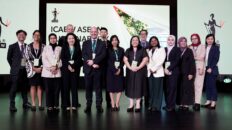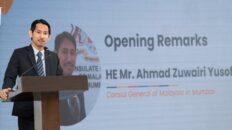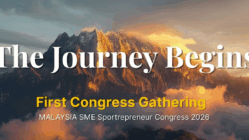By Aileen Anthony
Key Takeaways
- Contact Centres Are Strategic Business Hubs, Not Just Call Handlers What began as basic call support has matured into a core business function driving customer experience (CX), brand loyalty, and revenue. Contact centres today are integrated with tech, data, and strategy—transforming them from cost centres to value creators.
- SMEs Must Reframe Contact Centres as Growth Enablers Customer service is no longer a “nice to have”—it’s a competitive necessity. SMEs that embed CX thinking and invest in contact centre infrastructure (or outsource it smartly) will be better positioned for repeat business, upselling, and long-term success.
- Digitalisation and CX Must Go Hand-in-Hand Investing in digital infrastructure without strong customer support is counterproductive. As Malaysia pushes digitalisation, contact centres are essential as backup control centres to ensure seamless, human-centric customer engagement when tech fails.
- AI Is a Catalyst for Job Transformation, Not Elimination Rather than eliminating jobs, AI is redefining them. Routine tasks are automated, but new roles—like bot trainers and process designers—are emerging. Upskilling contact centre professionals is critical to harnessing AI’s full potential.
- Green Contact Centres Are Part of Nation-Building With Malaysia’s push towards ESG and digital economy goals, contact centres must embrace sustainability—from energy use to data protection. CCAM’s green contact centre framework is positioning the industry as a responsible and strategic force for national progress.
From Call Centres to Contact Ecosystems
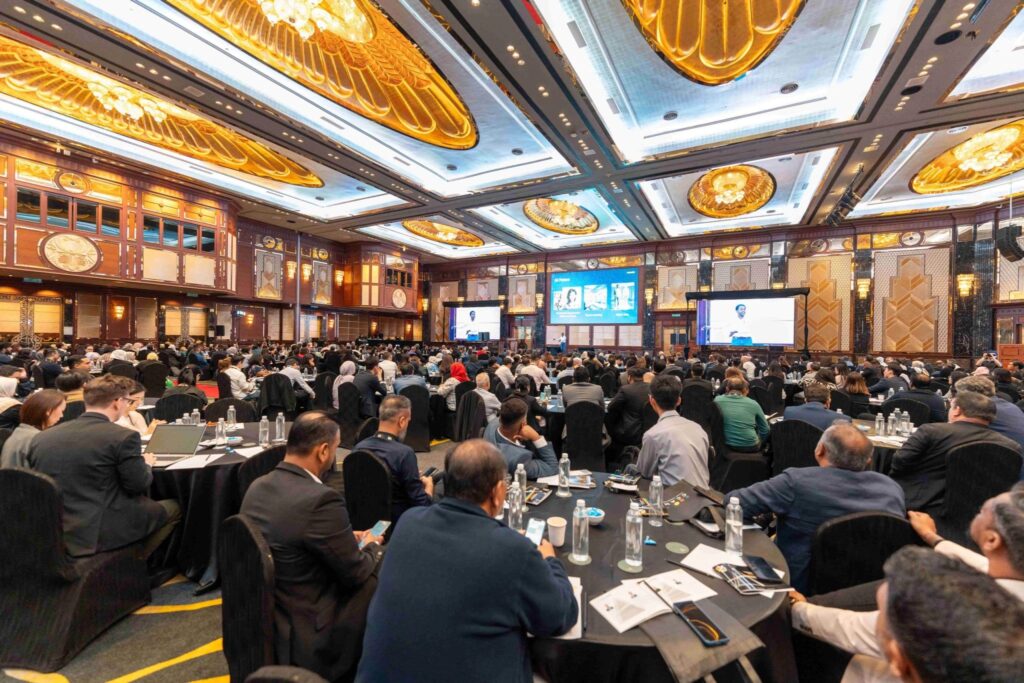
Vig shared that the roots of Malaysia’s Contact Centre industry date back to 1999, when the knowledge economy agenda—spearheaded by then-Prime Minister Tun Dr Mahathir Mohamad—ushered in initiatives such as Cyberjaya and the Multimedia Super Corridor (MSC). Large players, such as Maybank, Maxis, RHB, Astro, and Malaysia Airlines, were among the first to recognise customer service as a strategic asset.
Branches and retail counters gave way to centralised operations. What started as call centres eventually evolved into Contact Centres as channels expanded beyond voice to include email, chat, messaging, and social media, as an omnichannel platform.
“The perception used to be that we just pick up calls,” Vig said. “But globally, the model had already shifted. The Contact Centre became the face and voice of a brand.”
As channels multiplied, so did complexity. Today’s Contact Centres are embedded with trainers, compliance officers, team leads, process designers, CRM platforms, knowledge bases, routing systems and quality assurance teams. In centres of 50 to 1,000 agents, a vast ecosystem is required to handle inquiries, complaints, upgrades, purchases, and increasingly, to drive business intelligence and innovation.
Serving the Nation: 300,000 Strong
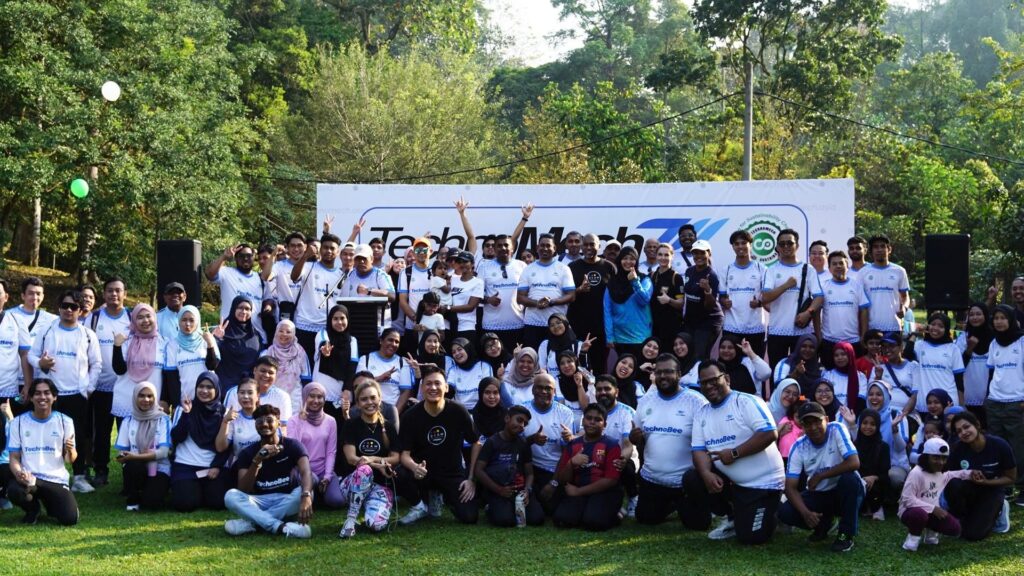
With over 300,000 people employed in Malaysia’s Contact Centre and BPO industry today, CCAM represents more than 200 active members. “We’ve come a long way, but there are still many misconceptions,” said Vig. “Businesses see Contact Centres as a cost, but if you invest in Customer Experience (CX), you increase customer retention, brand equity, and business intelligence.”
He explained that the actual value of contact centres lies not just in service delivery, but in their ability to collect data, drive insights, and inform strategy. “Every call, every chat—there’s data. You can identify where friction occurs in your Customer Journey. You know what to fix. That’s where innovation begins.”
Vig emphasised that technology, including AI and automation, is no longer optional. “Level 1 interactions—routine queries—are now handled by bots. However, the remaining interactions are complex and require empowered, skilled agents. And that’s where the opportunity lies. These are not just jobs—they’re new careers.”
CX Malaysia: A Chapter for the Future
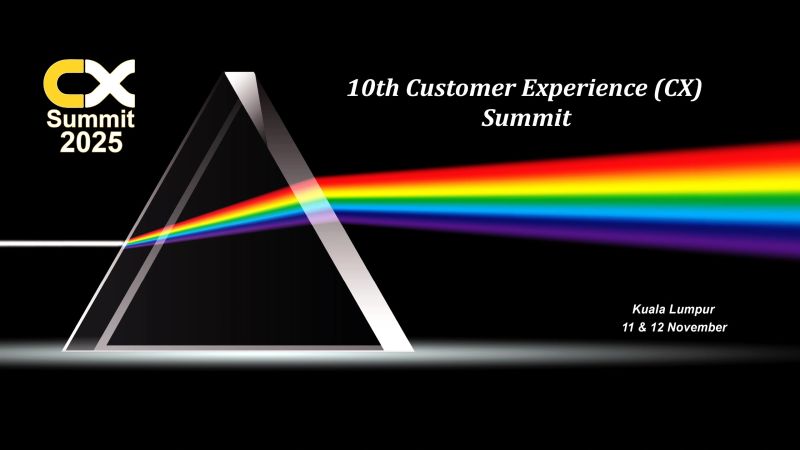
In recent years, CCAM has made a decisive shift beyond traditional call centre thinking. The launch of its CX Malaysia chapter marked a new era. “We’ve been running the CX Summit for a decade,” Vig said. “But we decided it’s no longer enough to have an event. We need an organisation that drives this agenda year-round.”
CX Malaysia now acts as a platform to convene leaders, share knowledge, and elevate standards. With a growing network of monthly roundtables and thematic discussions across sectors—property, banking, telco, healthcare—it aims to embed CX into the DNA of Malaysian business. In February, CX Malaysia unveiled the “State of CX in Malaysia Report 2024” (see sidebar).
At its core lies a four-pillar framework: Digital, Service, Brand, and Employee Experience. “You can’t deliver CX without aligning these four areas,” he said. “And that applies whether you’re an SME or a multinational.”
Speaking to SMEs: A Wake-Up Call
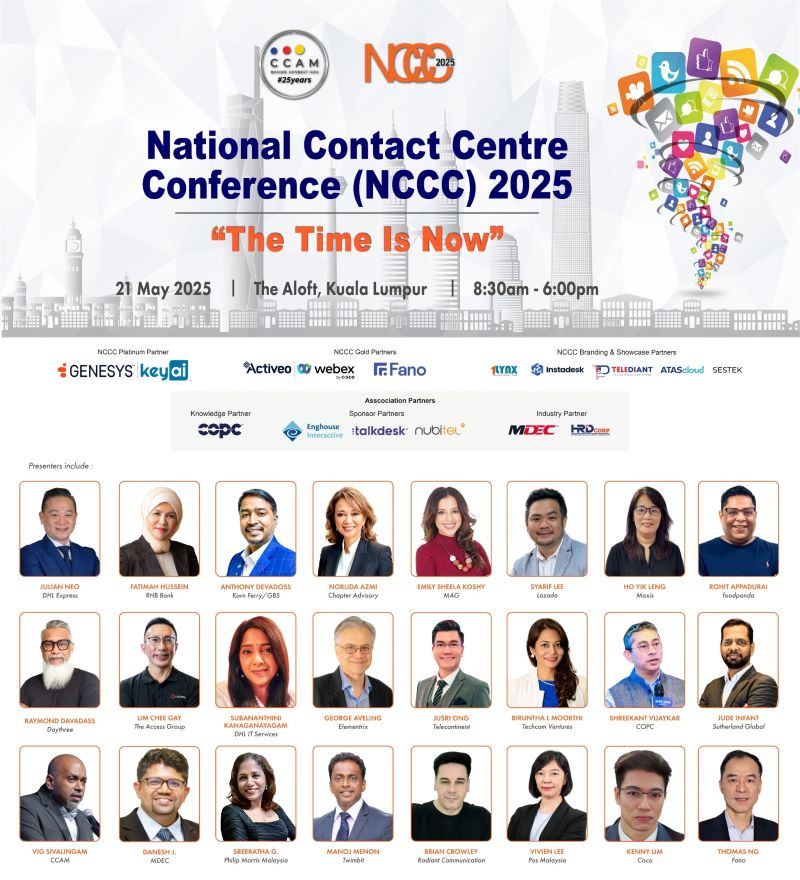
While digital-native startups understand the value of Customer Experience (CX) from the outset, many small and medium-sized enterprises (SMEs) still lag. “They want to improve customer service, but they don’t know where to start,” said Vig. “To them, it’s just another task with a cost attached to it—often dismissed as ‘unnecessary’ in favour of other priorities like digitalisation.”
Yet, as companies digitalise, the need for human contact channels becomes more critical, not less. Automation and digital tools—while efficient—are not infallible. They can break down, encounter bugs, or create friction when processes don’t work as intended. “When that happens,” Vig pointed out, “your customer will expect someone to talk to. That’s where the Contact Centre comes in.”
He emphasised that the Contact Centre should be seen as an essential part of the overall Customer Journey, alongside a business’s retail presence, website, app, or social platforms. “You don’t need to start with 100 call agents,” he said. “Start with, say, five. Map the journey—how your customer discovers you, buys from you, gets help, and complains. Start from there.”
Importantly, SMEs now have options. “You don’t have to build everything in-house. You can outsource to Business Process Outsourcing (BPOs) services that already have the systems and processes in place,” he explained. “But you have to understand—you’re not just paying for a person. You’re paying for an entire solution: infrastructure, technology, analytics, and performance management.”
AI, Job Evolution, and Malaysia’s CX Opportunity
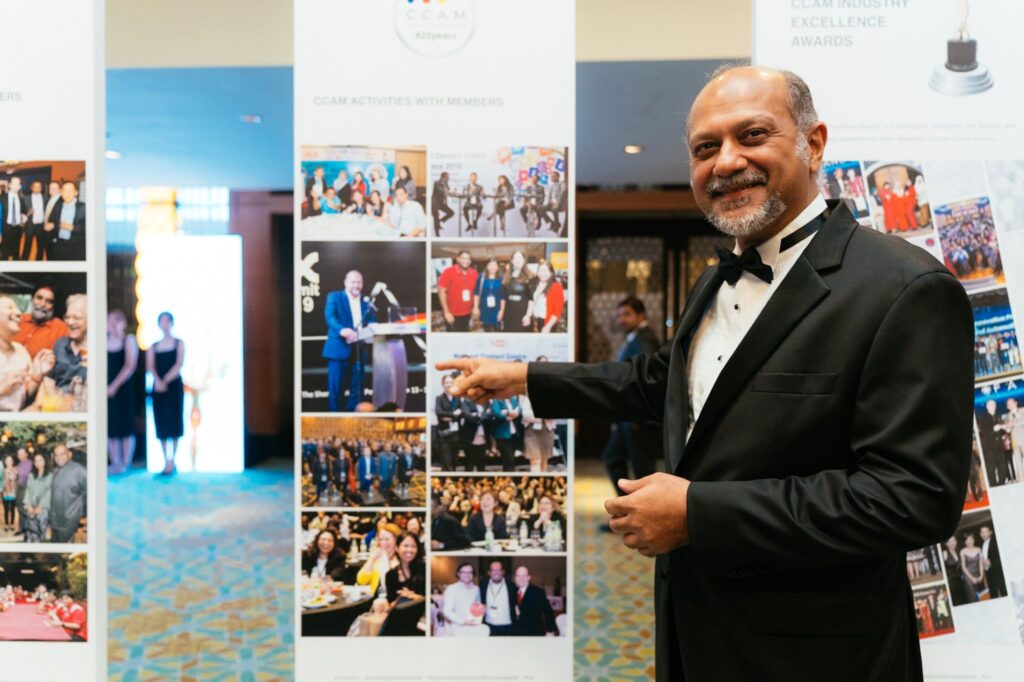
The rise of AI has naturally raised concerns about job losses, but Vig sees it as a catalyst for transformation. “It’s not about job loss. It’s about job evolution,” he said. “Yes, some frontliner roles will shrink. But those who step up will become bot trainers, process writers, and CX designers.”
To make that leap, companies must invest in upskilling their employees. “AI doesn’t run on its own. Someone has to feed it workflows, train the bots, and manage the systems—and that someone could be your former frontline staff,” he explained. “Don’t fear automation. Use it to raise the game. Free your best people to do higher-value work.”
Malaysia is well-positioned to benefit. With a robust digital infrastructure, a multicultural workforce, and strong government support through MDEC and MD-status incentives, the country has emerged as a preferred hub for global CX operations. “From Kuala Lumpur, we support over 40 languages,” said Vig. “Global brands operate their Contact Centres here—not just because of cost, but because of our capability and talent.” Through CCAM’s alliance with nine other Contact Centre Associations across APAC, Malaysia, continue to benchmark, exchange best practices, and raise standards.
ESG: The Next Frontier

While CX and AI have dominated industry conversations, Vig believes that ESG (Environmental, Social, Governance) must now take centre stage. Contact Centres, he argued, are uniquely positioned to contribute to ESG. “We manage large workforces, massive data infrastructure, and daily customer interactions. Energy use, waste management, employee wellbeing, data protection—these are all ESG issues.”
Vig is working with his team to embed ESG within CCAM’s strategic agenda. “We want Contact Centres to be seen not just as operational units, but as responsible, sustainable contributors to the economy. That gives them stature within their companies.”
Looking Ahead: From Industry to Nation

CCAM has ambitions that stretch beyond the industry. “This is about nation-building,” Vig said. “If our public sector improves CX, the whole market lifts. If our SMEs embrace digitalisation with the right mindset, Malaysia becomes more competitive.”
And that’s what motivates him to keep pushing. “CCAM wants to see this ecosystem grow. We want CX Malaysia to be the heartbeat of the nation’s service economy.”
He paused, reflecting on how far the sector had come—from call centre closets to boardroom strategy.
“We’ve moved from picking up calls to picking up strategy and tactics,” he said. “Now, we just need the rest of Malaysia to see it too.”
The State of CX in Malaysia Report 2024
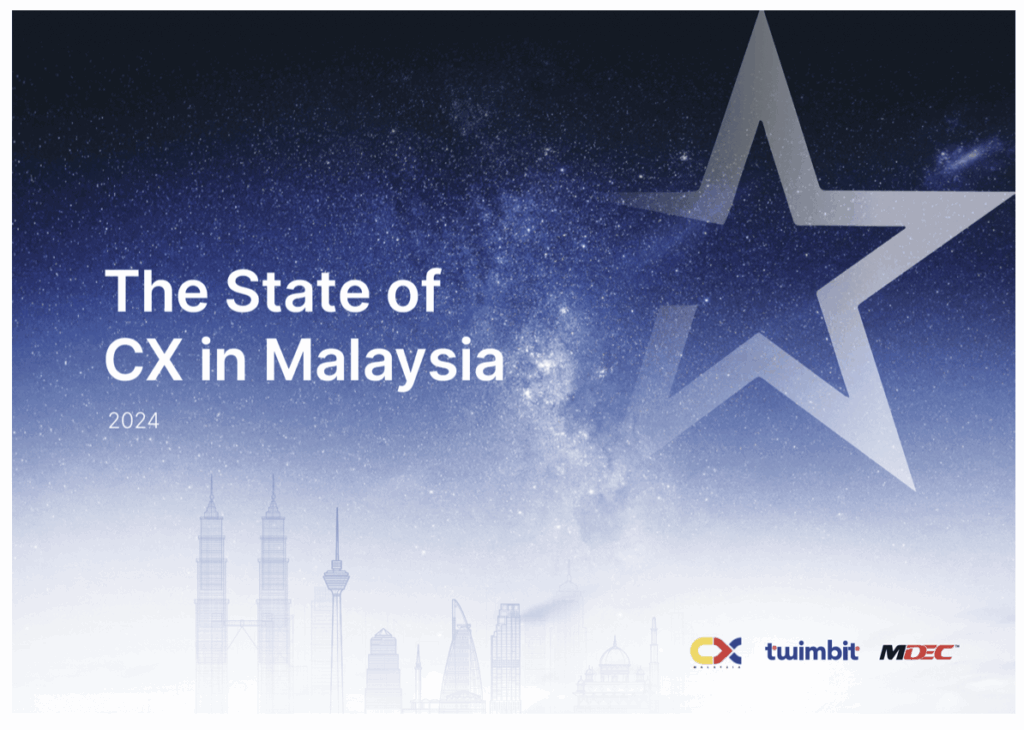
The Malaysian customer service landscape is at a pivotal moment, transitioning from managing Contact Centres to creating exceptional Customer Experiences. With a strong foundation built on service excellence, a multicultural workforce, and robust digital infrastructure, Malaysia is uniquely positioned to lead in the global CX arena.
State of CX in Malaysia Report 2024 serves not just as a benchmark but as a catalyst for transformation, setting aspirational standards that will drive innovation, excellence, and growth. This report marks a collective call to action: to challenge the status quo, push boundaries, and shape a future where Malaysian organisations are recognised as world-class experience creators.
Download report: https://cxmalaysia.org.my/state-of-cx-report/




